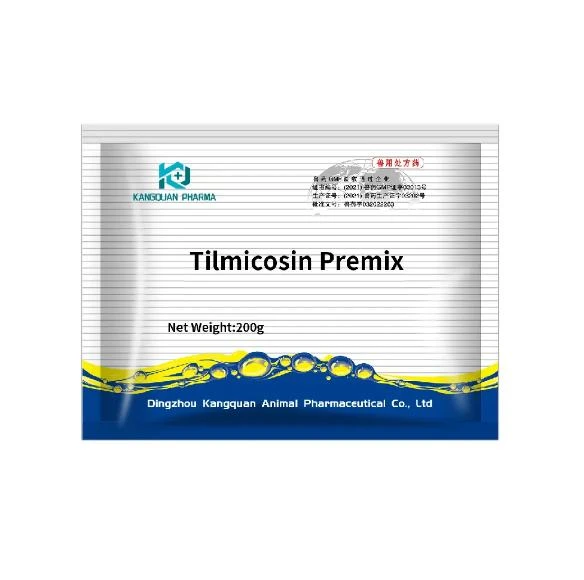- Afrikaans
- Albanian
- Amharic
- Arabic
- Armenian
- Azerbaijani
- Basque
- Belarusian
- Bengali
- Bosnian
- Bulgarian
- Catalan
- Cebuano
- Corsican
- Croatian
- Czech
- Danish
- Dutch
- English
- Esperanto
- Estonian
- Finnish
- French
- Frisian
- Galician
- Georgian
- German
- Greek
- Gujarati
- Haitian Creole
- hausa
- hawaiian
- Hebrew
- Hindi
- Miao
- Hungarian
- Icelandic
- igbo
- Indonesian
- irish
- Italian
- Japanese
- Javanese
- Kannada
- kazakh
- Khmer
- Rwandese
- Korean
- Kurdish
- Kyrgyz
- Lao
- Latin
- Latvian
- Lithuanian
- Luxembourgish
- Macedonian
- Malgashi
- Malay
- Malayalam
- Maltese
- Maori
- Marathi
- Mongolian
- Myanmar
- Nepali
- Norwegian
- Norwegian
- Occitan
- Pashto
- Persian
- Polish
- Portuguese
- Punjabi
- Romanian
- Russian
- Samoan
- Scottish Gaelic
- Serbian
- Sesotho
- Shona
- Sindhi
- Sinhala
- Slovak
- Slovenian
- Somali
- Spanish
- Sundanese
- Swahili
- Swedish
- Tagalog
- Tajik
- Tamil
- Tatar
- Telugu
- Thai
- Turkish
- Turkmen
- Ukrainian
- Urdu
- Uighur
- Uzbek
- Vietnamese
- Welsh
- Bantu
- Yiddish
- Yoruba
- Zulu
10 月 . 12, 2024 20:42 Back to list
ivermectin cattle and swine injection
The Use of Ivermectin in Cattle and Swine A Comprehensive Overview
Ivermectin is a widely recognized antiparasitic agent that has gained importance in veterinary medicine, particularly for livestock such as cattle and swine. It belongs to the class of drugs known as macrocyclic lactones, which are derived from the fermentation products of the soil bacterium Streptomyces avermitilis. Its potency against a variety of internal and external parasites makes it a critical tool in managing health and productivity in livestock.
Mechanism of Action
Ivermectin works by binding to specific receptors in the nervous system and muscle cells of parasites, leading to paralysis and eventual death. It primarily affects nematodes and arthropods, making it effective against a range of parasites including roundworms, lice, and mites. This broad-spectrum efficacy is crucial in both cattle and swine production, as infestations can severely impact animal health, growth rates, and overall productivity.
Administration Routes
Ivermectin is commonly administered via injectable solutions, pour-on formulations, or oral medications depending on the specific situation and the desired effect. In cattle, the injectable form is favored due to its rapid absorption and effectiveness, providing lasting protection against parasites. For swine, oral administration may also be utilized, often incorporated into feed or water to ensure compliance and ease of use.
Benefits of Ivermectin
ivermectin cattle and swine injection

The integration of ivermectin into herd management protocols offers numerous benefits. Firstly, it helps to reduce the burden of parasitic infections, which can lead to improved growth rates and feed efficiency. Healthy livestock are less likely to experience stress and disease, making them more resilient. Additionally, regular use of ivermectin can contribute to lower veterinary costs, as effective parasite control reduces the incidence of secondary infections and the need for additional treatments.
Resistance Concerns
Despite its advantages, the widespread use of ivermectin raises concerns about the potential development of drug resistance among parasites. Resistance can occur when parasites are repeatedly exposed to the drug without sufficient rotation or management practices. This phenomenon underscores the importance of integrated pest management strategies that combine ivermectin treatment with other control methods, such as rotation of antiparasitic drugs, maintaining optimal hygiene, and implementing biosecurity measures.
Regulatory Aspects
In many countries, ivermectin is regulated for use in food-producing animals, requiring adherence to withdrawal periods to ensure that drug residues do not contaminate meat or milk. Farmers and veterinary practitioners must follow these guidelines to maintain food safety and public health. Additionally, education on proper dosing and administration techniques is crucial to maximizing efficacy and minimizing the risk of resistance development.
Conclusion
Ivermectin continues to be a cornerstone in the management of parasitic infections in cattle and swine, offering significant benefits in terms of animal health and productivity. However, the responsibility lies with livestock producers to adopt sustainable practices that ensure the long-term efficacy of this valuable medication. By combining ivermectin with other control strategies and adhering to regulatory guidelines, farmers can help safeguard the health of their animals and the safety of the food supply. As veterinary medicine evolves, ongoing research into alternative treatments and management practices will be vital in addressing the challenges posed by parasites and resistance.
-
The Power of Radix Isatidis Extract for Your Health and Wellness
NewsOct.29,2024
-
Neomycin Sulfate Soluble Powder: A Versatile Solution for Pet Health
NewsOct.29,2024
-
Lincomycin Hydrochloride Soluble Powder – The Essential Solution
NewsOct.29,2024
-
Garamycin Gentamicin Sulfate for Effective Infection Control
NewsOct.29,2024
-
Doxycycline Hyclate Soluble Powder: Your Antibiotic Needs
NewsOct.29,2024
-
Tilmicosin Premix: The Ultimate Solution for Poultry Health
NewsOct.29,2024













